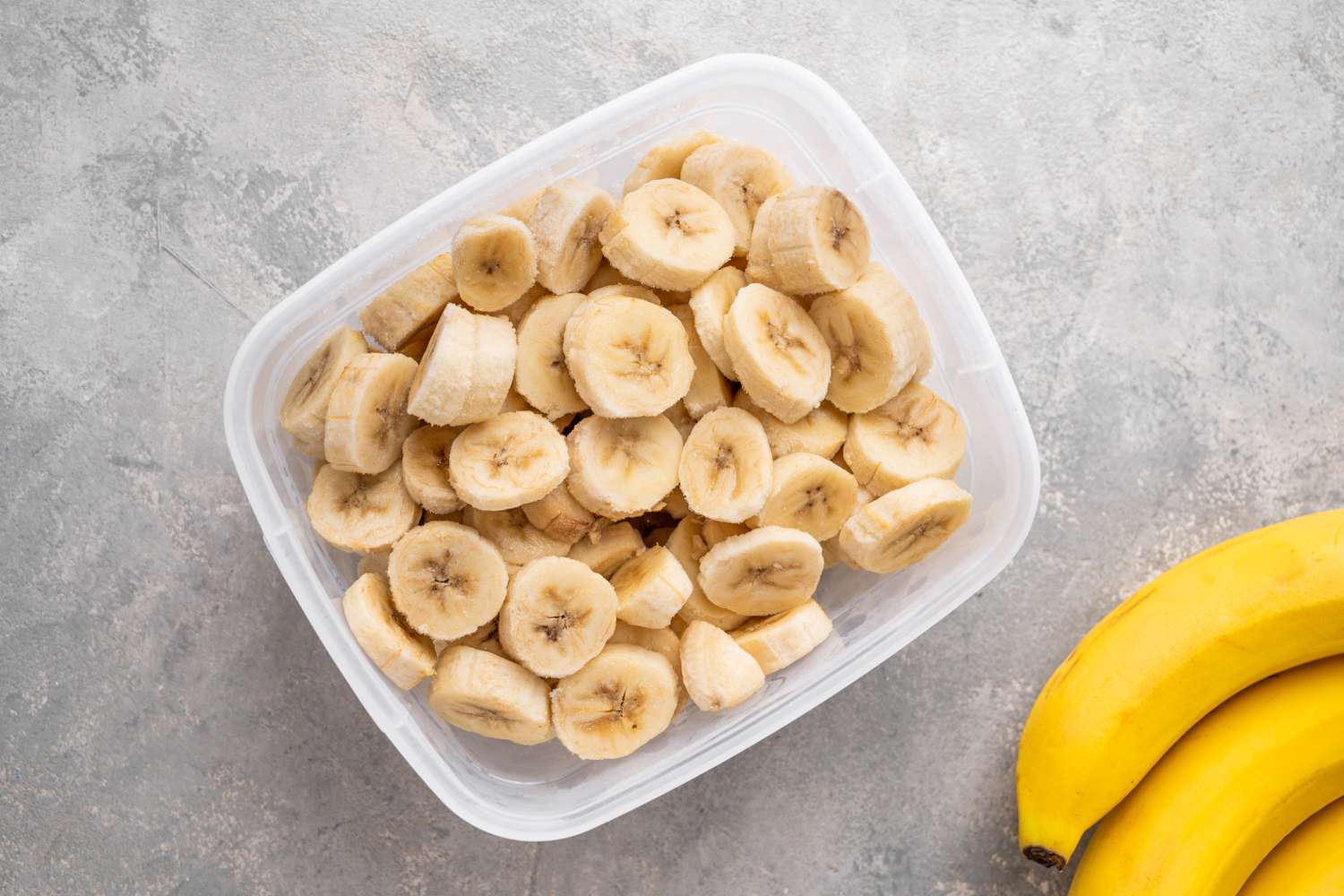

Articles
How To Store Frozen Bananas
Modified: August 16, 2024
Learn the best way to store frozen bananas and keep them fresh for longer in this helpful articles. Get expert tips and tricks for freezing and preserving bananas.
(Many of the links in this article redirect to a specific reviewed product. Your purchase of these products through affiliate links helps to generate commission for Storables.com, at no extra cost. Learn more)
Introduction
Imagine having perfectly ripe bananas on hand whenever you need them, regardless of their seasonal availability. With the magic of freezing, this dream can become a reality. Freezing bananas is a fantastic way to preserve them and extend their shelf life for future use. Whether you have a surplus of bananas that you can’t consume before they spoil or you want to have ready-to-use bananas for smoothies, baking, or other culinary delights, freezing is the key.
In this article, we will delve into the benefits of storing frozen bananas and guide you through the recommended methods for freezing, packaging, labeling, and storage duration. We will also discuss how to defrost and use these frozen bananas in various recipes. So, let’s dive in and learn how to store frozen bananas like a pro!
Key Takeaways:
- Freeze bananas for extended shelf life, convenient availability, and easy portioning. Enjoy creamy smoothies, delightful baked goods, and healthy banana nice cream with this versatile frozen fruit.
- Follow simple steps to freeze, package, and label bananas for long-term storage. Thaw and use them in various recipes, from smoothies to baked goods, and get creative with flavor combinations.
Read more: How To Store A Banana
Benefits of Storing Frozen Bananas
Storing bananas in the freezer can be incredibly beneficial for several reasons:
- Extended Shelf Life: Freezing bananas significantly extends their shelf life. While fresh bananas may only last a week or two before becoming overripe and mushy, frozen bananas can stay good for up to six months, allowing you to enjoy them whenever you crave a banana-based treat.
- Convenient Availability: Having a stash of frozen bananas in your freezer ensures that you always have this versatile fruit at hand. No more waiting for bananas to ripen or running out to the store when you’re in the mood for a banana smoothie or banana bread. Frozen bananas are ready to use whenever inspiration strikes.
- Easy Portioning: Freezing bananas allows you to portion them out according to your needs. Whether you prefer to freeze them whole or slice them before freezing, you can have the perfect serving size ready for your recipes without wasting any extra bananas.
- Smoothie Superstar: Frozen bananas are a game-changer in smoothies. They lend a creamy and thick texture, making your smoothies more satisfying. Plus, frozen bananas eliminate the need for ice cubes, ensuring that your smoothie doesn’t get watered down.
- Baking Bliss: When it comes to baking, frozen bananas can save the day. You can use them to make delightful banana bread, muffins, pancakes, and other treats. The freezing process intensifies their sweetness and enhances their flavor, resulting in even more delicious baked goods.
With these benefits in mind, it’s clear that storing frozen bananas can be a game-changer in your kitchen. It’s time to learn the best methods for freezing and storing this versatile fruit, so let’s get started!
Recommended Freezing Methods
When it comes to freezing bananas, there are a few recommended methods to ensure the best results:
- Peel and Freeze: This is the simplest method. Start by peeling the bananas and cutting them into desired sizes. Place the banana pieces on a baking sheet lined with parchment paper, making sure they don’t touch each other. Place the baking sheet in the freezer until the banana pieces are solid. Once frozen, transfer them to a freezer-safe container or bag for long-term storage.
- Freeze in the Peel: If you prefer to freeze the bananas in their peel, you can do so. Simply place the whole, unpeeled bananas in a freezer-safe bag or container. It’s important to note that the peel will turn brown once frozen, but the inside of the banana will remain intact. When ready to use, let the bananas thaw slightly, then peel off the skin.
- Slice and Freeze: Another option is to slice the bananas before freezing. This method is ideal if you plan to use the frozen bananas in smoothies or other recipes that require sliced bananas. Simply peel the bananas, cut them into desired thickness, and store the slices in a single layer on a parchment-lined baking sheet. Once frozen, transfer them to a freezer-safe container or bag.
- Mashed Banana: If you prefer to have mashed bananas readily available, you can freeze them in a mashed state. Mash the bananas using a fork or blender and transfer the mashed banana into an airtight container or freezer bag. Be sure to leave some headspace as the mashed bananas may expand as they freeze.
Choose the method that best suits your needs and the recipes you plan to use the frozen bananas in. Now that you know the various freezing methods, let’s move on to the step-by-step guide for freezing bananas.
Step-by-Step Guide to Freezing Bananas
Follow these simple steps to freeze bananas like a pro:
- Choose Ripe Bananas: Select ripe bananas that are just starting to develop brown spots. They should be firm but not overly soft.
- Peel the Bananas: Start by peeling the bananas completely. If desired, you can leave them unpeeled for freezing, but peeled bananas are more convenient for most recipes.
- Slice or Keep Whole: Decide if you want to freeze the bananas in whole or sliced form, depending on your recipe preferences. For smoothies and baking, slicing the bananas is usually the preferred choice.
- Prepare a Baking Sheet: Line a baking sheet with parchment paper or a silicone mat. This will prevent the frozen banana pieces from sticking to the tray.
- Arrange the Banana Pieces: Place the sliced or whole banana pieces on the prepared baking sheet, ensuring they are not touching each other. This will prevent them from freezing together into a solid mass.
- Flash Freeze: Place the baking sheet with the banana pieces in the freezer. Allow them to freeze for about 1-2 hours or until they are completely firm.
- Transfer to Freezer Bags or Containers: Once the banana pieces are frozen, remove the baking sheet from the freezer. Carefully transfer the frozen banana pieces into freezer-safe bags or containers. Label them with the date to keep track of their freshness.
- Remove Air and Seal: Squeeze out excess air from the bags or containers before sealing them tightly. This will help prevent freezer burn and maintain the quality of the frozen bananas.
- Return to the Freezer: Place the sealed bags or containers back into the freezer for long-term storage.
Following these steps will ensure that your frozen bananas remain separate and don’t form clumps. It will also make it easier to remove the desired amount of frozen bananas when you need them. Now that you have successfully frozen your bananas, let’s move on to packaging and labeling.
To store frozen bananas, peel and slice them before placing in an airtight container or freezer bag. This will make it easier to use them in smoothies or baking. Be sure to label the container with the date for easy reference.
Proper Packaging and Labeling
Proper packaging and labeling are essential when it comes to storing frozen bananas. Doing so will help maintain their quality and make it easier to identify and use them later. Here are some tips for packaging and labeling your frozen bananas:
- Freezer Bags: Use high-quality freezer bags that are thick and durable. They should be designed for freezer use to prevent frost and moisture from seeping in.
- Freezer Containers: Alternatively, you can use freezer-safe containers with a tight-fitting lid. Choose containers made of BPA-free plastic or glass that can withstand freezing temperatures.
- Labeling the Packages: Clearly label each package with the date of freezing. This will help you keep track of the storage duration and ensure you use the oldest frozen bananas first. You can also include the quantity or weight of the bananas if needed.
- Removing Excess Air: When using freezer bags, squeeze out as much air as possible before sealing them to minimize the risk of freezer burn and maintain the quality of the bananas.
- Sealing: Ensure that the packages are tightly sealed to prevent any freezer odors from seeping into the bananas and vice versa.
- Stacking and Organizing: If you have limited freezer space, stack the packages of frozen bananas neatly to maximize space. You can also organize them by date or size, making it easier to locate and use them.
By following these packaging and labeling guidelines, you can ensure that your frozen bananas stay fresh and are easily accessible whenever you need them. Now that your bananas are properly packed and labeled, let’s discuss how long you can store them in the freezer and some tips for defrosting and using frozen bananas.
Read more: How To Store Mashed Bananas
Storage Duration and Guidelines
When it comes to storing frozen bananas, it’s important to keep in mind the recommended storage duration and guidelines. While frozen bananas can last for a long time, it’s best to consume them within a specific timeframe to ensure optimal quality. Here are some storage duration guidelines:
- Whole or sliced bananas: When properly stored in airtight containers or freezer bags, whole or sliced bananas can be kept in the freezer for up to 6 months. However, for the best flavor and texture, it’s recommended to use them within 3-4 months.
- Mashed bananas: Mashed bananas, when stored in airtight containers, can be frozen for up to 6 months. It’s important to leave some headspace in the container as mashed bananas tend to expand as they freeze.
To ensure the quality of the frozen bananas throughout their storage period, here are some additional guidelines:
- Temperature: Keep the freezer temperature at or below 0°F (-18°C) to maintain the quality of the frozen bananas.
- Storage Location: Place the frozen bananas in the coldest part of the freezer, away from the door. This will help prevent temperature fluctuations that can affect the bananas’ quality.
- Avoid Freezer Burn: Freezer burn can occur when air comes into contact with the bananas, causing dehydration and affecting their texture and taste. Ensure that the packages are tightly sealed, and if using bags, remove as much air as possible before sealing.
- Frozen Banana Quality: Over time, frozen bananas may develop ice crystals or slightly change in texture. While this doesn’t necessarily mean they are bad, it’s best to consume them within the recommended storage duration for the best eating experience.
Following these guidelines will help you maintain the quality of the frozen bananas throughout their storage period. Now that you know how long you can store them, let’s move on to the process of defrosting and using frozen bananas.
Defrosting and Using Frozen Bananas
When it’s time to use your frozen bananas, proper defrosting is essential to ensure they retain their flavor and texture. Here are some methods for defrosting and using frozen bananas:
- Thaw in the Refrigerator: The easiest and safest method is to transfer the frozen bananas from the freezer to the refrigerator. Allow them to thaw overnight or for a few hours until they are completely defrosted. Thawing in the refrigerator helps maintain the banana’s natural sweetness and prevents them from becoming mushy.
- Thaw at Room Temperature: If you need to defrost the bananas quickly, you can let them sit at room temperature for about 30 minutes to 1 hour. However, keep in mind that this method may result in softer bananas with a slightly altered texture compared to slow thawing in the refrigerator.
- Using Partially Frozen Bananas: In some recipes, you can use partially frozen bananas. Simply slice or mash the partially thawed bananas as needed. This can be convenient if you’re in a hurry or want to achieve a thicker texture in smoothies or ice cream.
- Using in Recipes: Once your bananas are fully thawed, they are ready to be used in a variety of recipes. Here are some popular uses for thawed bananas:
- Smoothies: Add thawed bananas to your favorite smoothie combinations for a creamy and naturally sweet base.
- Baking: Thawed bananas are perfect for making banana bread, muffins, pancakes, or cakes. They add moisture, sweetness, and flavor to your baked treats.
- Ice Cream and Nice Cream: Frozen bananas can be blended to create a delicious and healthy dairy-free ice cream or nice cream. Simply add any desired mix-ins or flavors.
- Fruit Salad: Thawed bananas can be added to fruit salads for an extra touch of sweetness and creaminess.
- Oatmeal and Porridge: Mash or slice thawed bananas and add them to your morning oatmeal or porridge for added flavor and natural sweetness.
Experiment with different recipes and get creative with how you use your thawed bananas. They are incredibly versatile and can elevate your dishes with their unique flavor profile. Remember to adjust the quantity of thawed bananas according to your recipe needs.
Now that you’re well-equipped with knowledge on defrosting and using frozen bananas, it’s time to explore some additional tips and tricks to make the most out of your frozen banana stockpile.
Tips for Using Frozen Bananas
Here are some tips and tricks to help you make the most out of your stash of frozen bananas:
- Pre-portion the Bananas: Before freezing, pre-portion the bananas according to your recipe needs. This will make it easier to grab the right amount of bananas without having to thaw the entire batch.
- Blend for Creaminess: Frozen bananas are a fantastic addition to smoothies and shakes. Blend them with other fruits, yogurt, or milk for a creamy and nutritious treat.
- Make Banana Nice Cream: Transform frozen bananas into a healthy and delicious dairy-free ice cream alternative. Simply blend the frozen bananas until smooth and creamy, and enjoy as is or add your favorite mix-ins like chocolate chips, nuts, or fresh fruit.
- Use in Baked Goods: Thawed bananas are perfect for adding moisture and flavor to baked goods. Mash them and use them as a substitute for butter or oil in recipes like banana bread, muffins, or pancakes.
- Create Banana Pancakes: Mash thawed bananas and add them to pancake batter for a naturally sweet twist on classic pancakes. Top with maple syrup, fresh fruit, or a dollop of yogurt for a delicious breakfast or brunch.
- Enhance Oatmeal or Porridge: Slice or mash thawed bananas and stir them into your morning oatmeal or porridge. They will add a subtle sweetness and creaminess to your breakfast bowl.
- Freeze Diced Bananas: If you prefer to use frozen bananas in recipes that require diced pieces, freeze the banana slices first on a baking sheet, then transfer them to a freezer bag or container. This way, you can easily grab a handful of diced bananas when needed.
- Experiment with Flavors: Get creative and experiment with flavor combinations. Add spices like cinnamon or nutmeg, drizzle with honey or peanut butter, or sprinkle with granola for an extra crunch.
- Don’t Overlook Overripe Bananas: If you have overripe bananas on your counter, freeze them instead of letting them go to waste. The freezing process will halt the ripening process, and you can use them later for your favorite banana recipes.
With these tips in mind, you can enjoy the convenience and versatility of frozen bananas in a variety of dishes and recipes. So, embrace the frozen banana magic and let your culinary creativity flourish!
Now that you’re armed with all the information you need, it’s time to start freezing those bananas and enjoy the benefits of having delicious and versatile fruit ready to use whenever you desire. Happy freezing!
Frequently Asked Questions about How To Store Frozen Bananas
Was this page helpful?
At Storables.com, we guarantee accurate and reliable information. Our content, validated by Expert Board Contributors, is crafted following stringent Editorial Policies. We're committed to providing you with well-researched, expert-backed insights for all your informational needs.
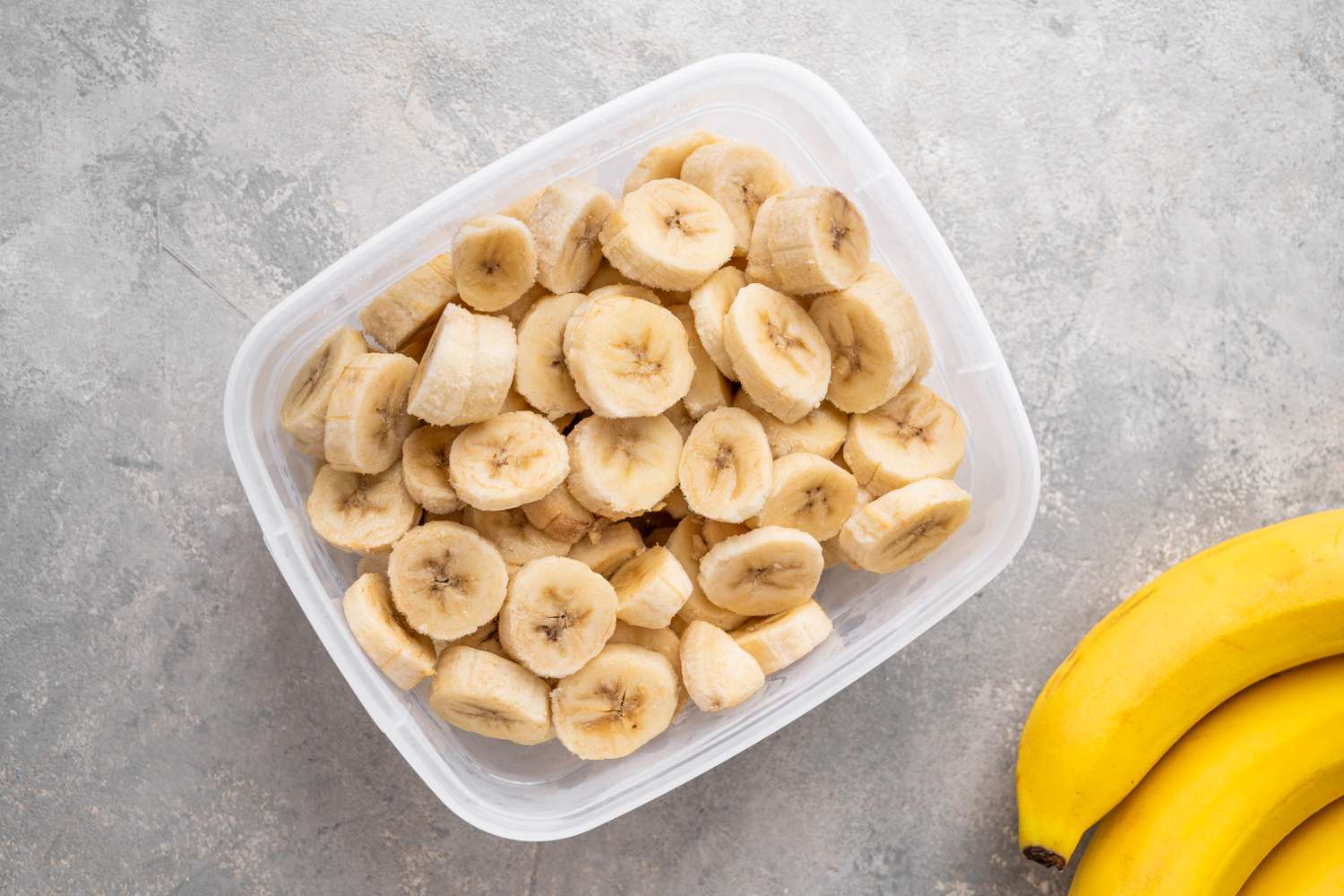
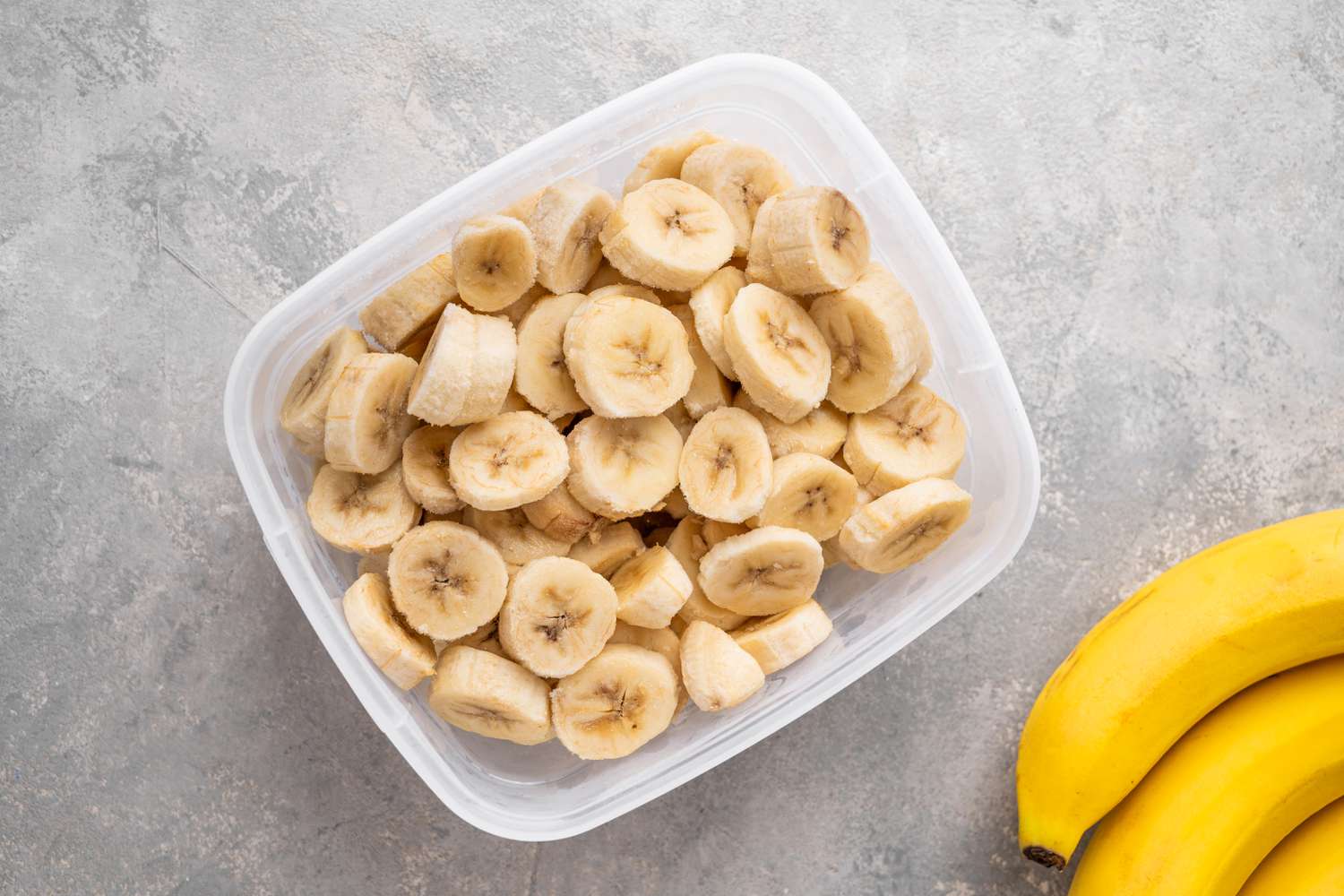
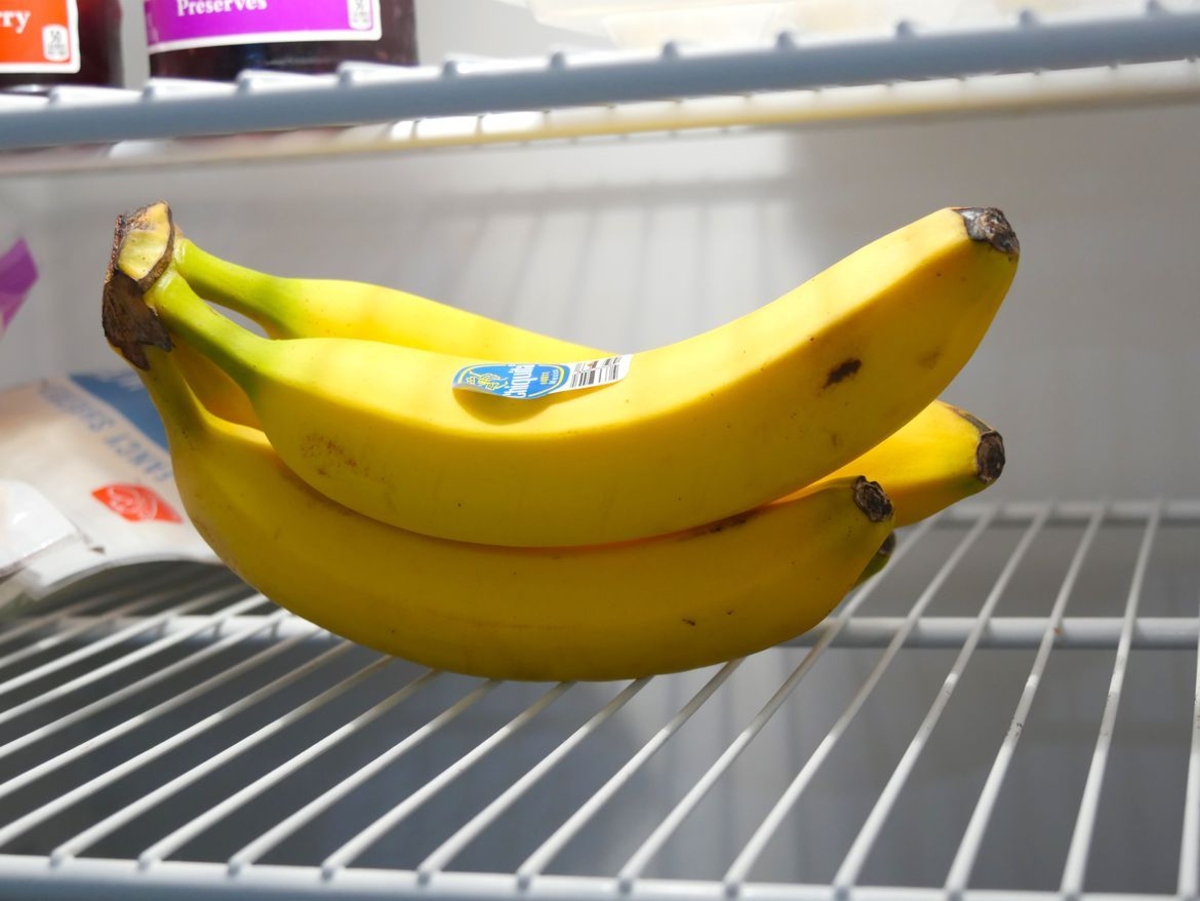
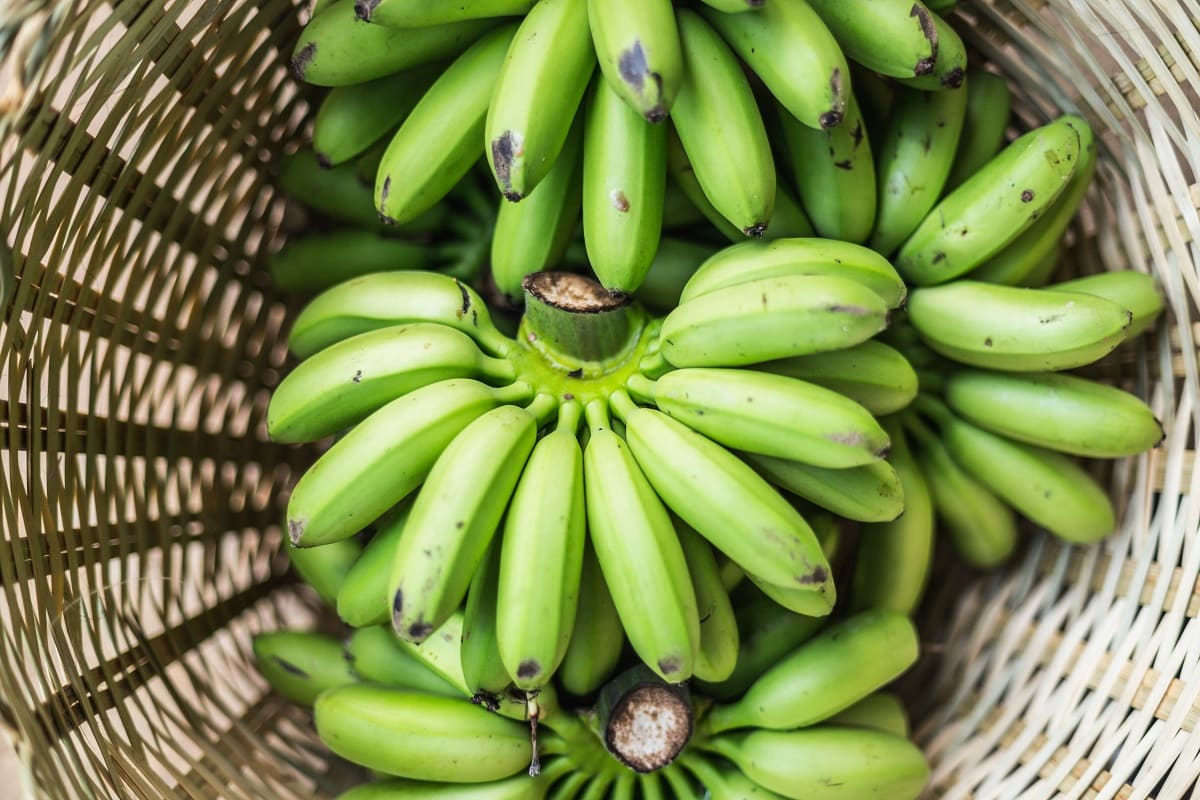
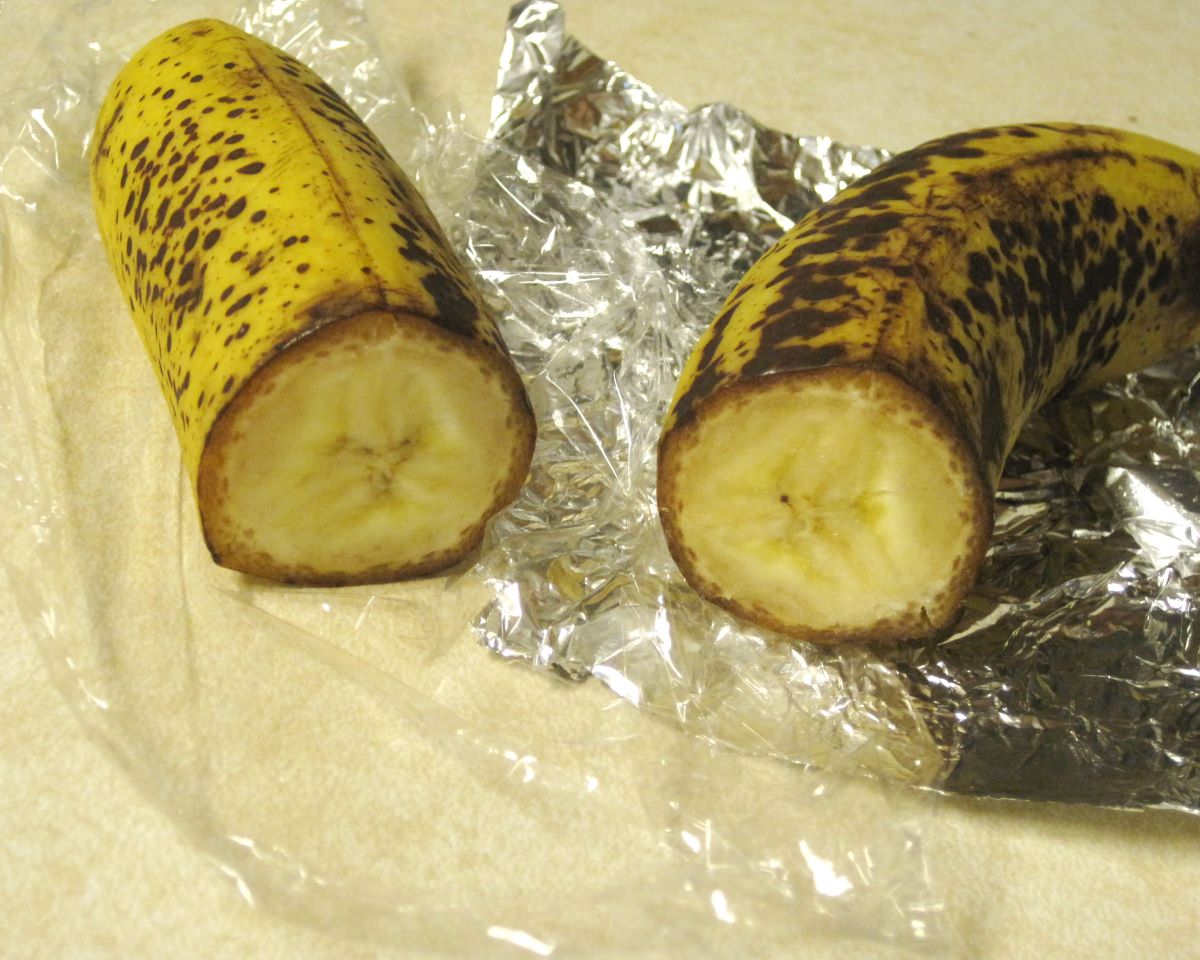
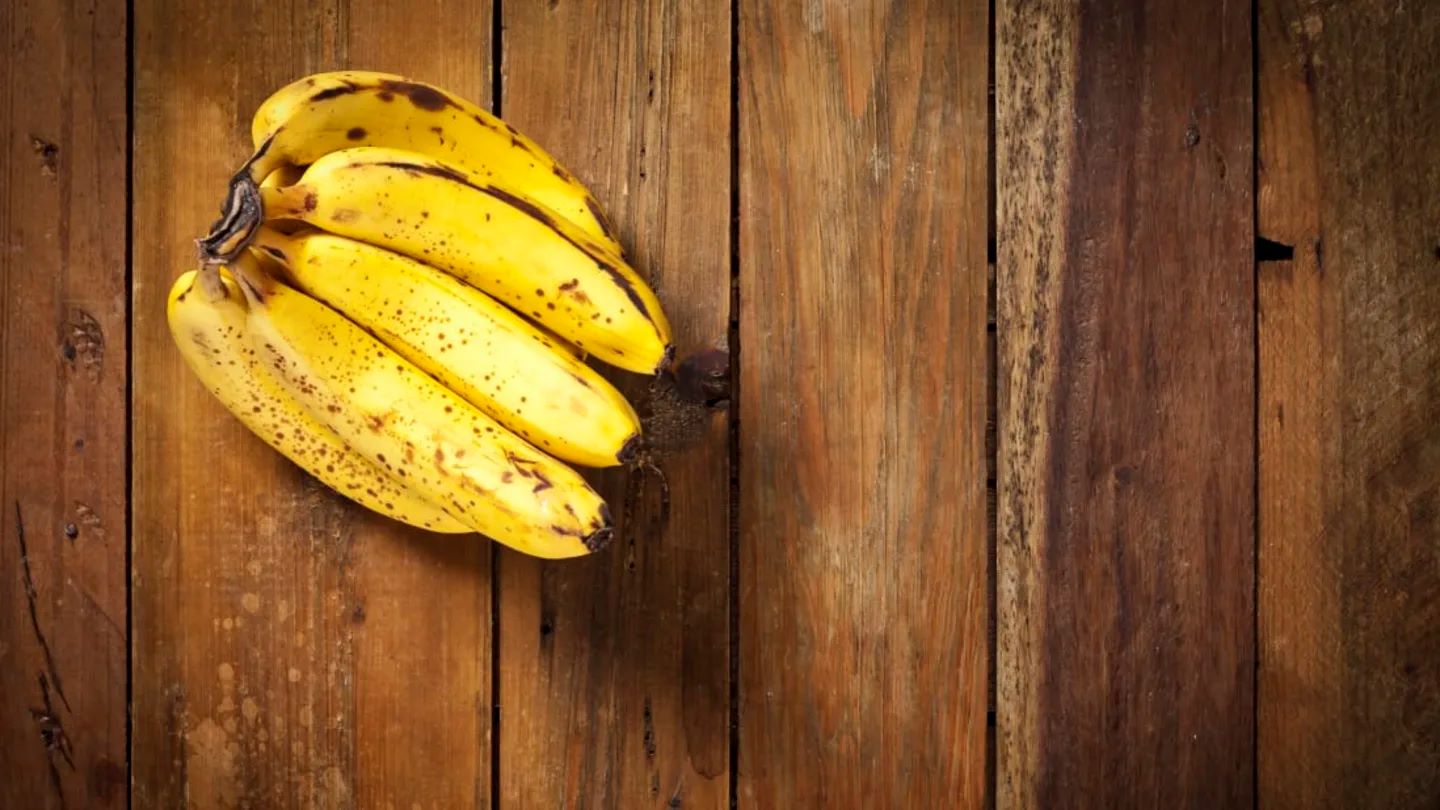
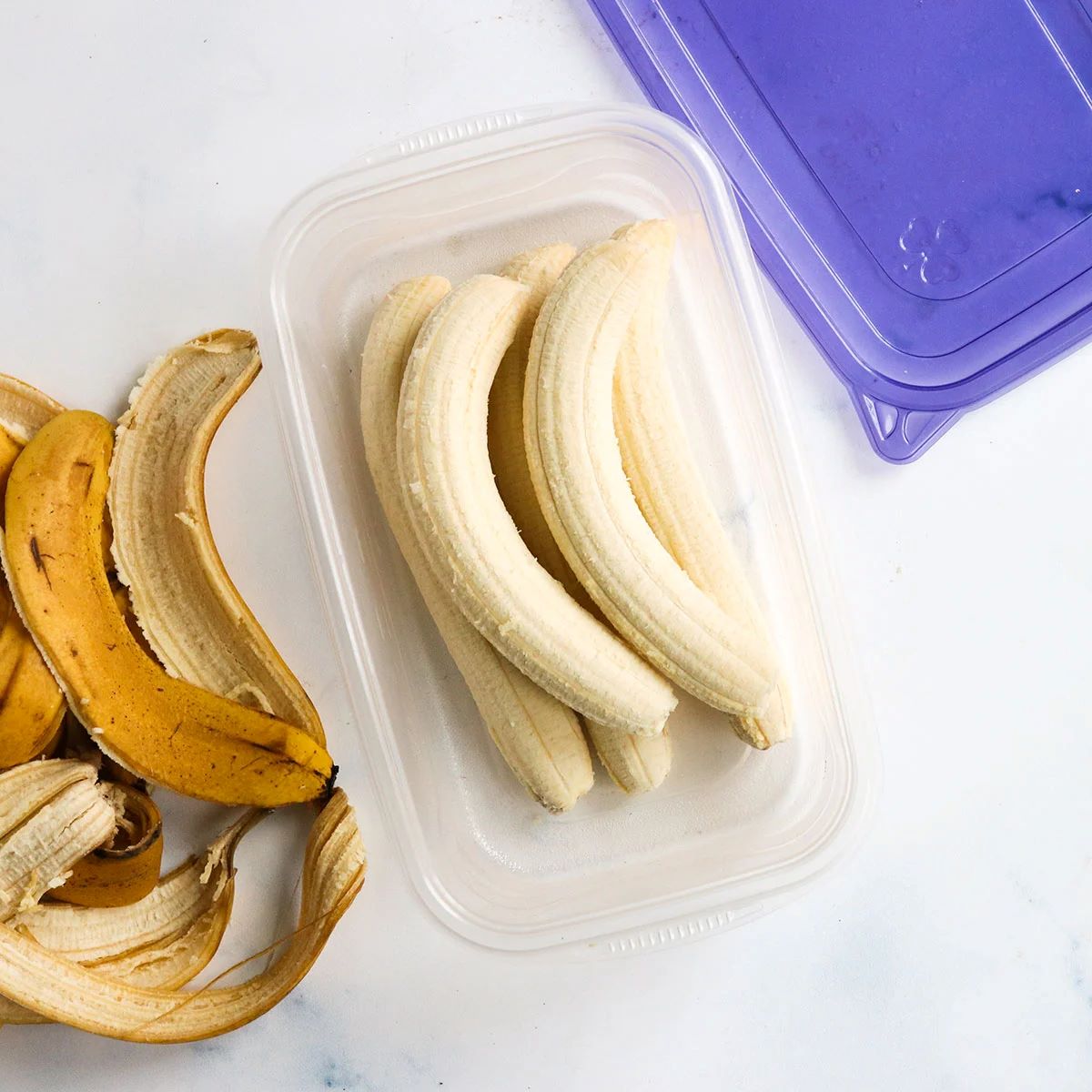
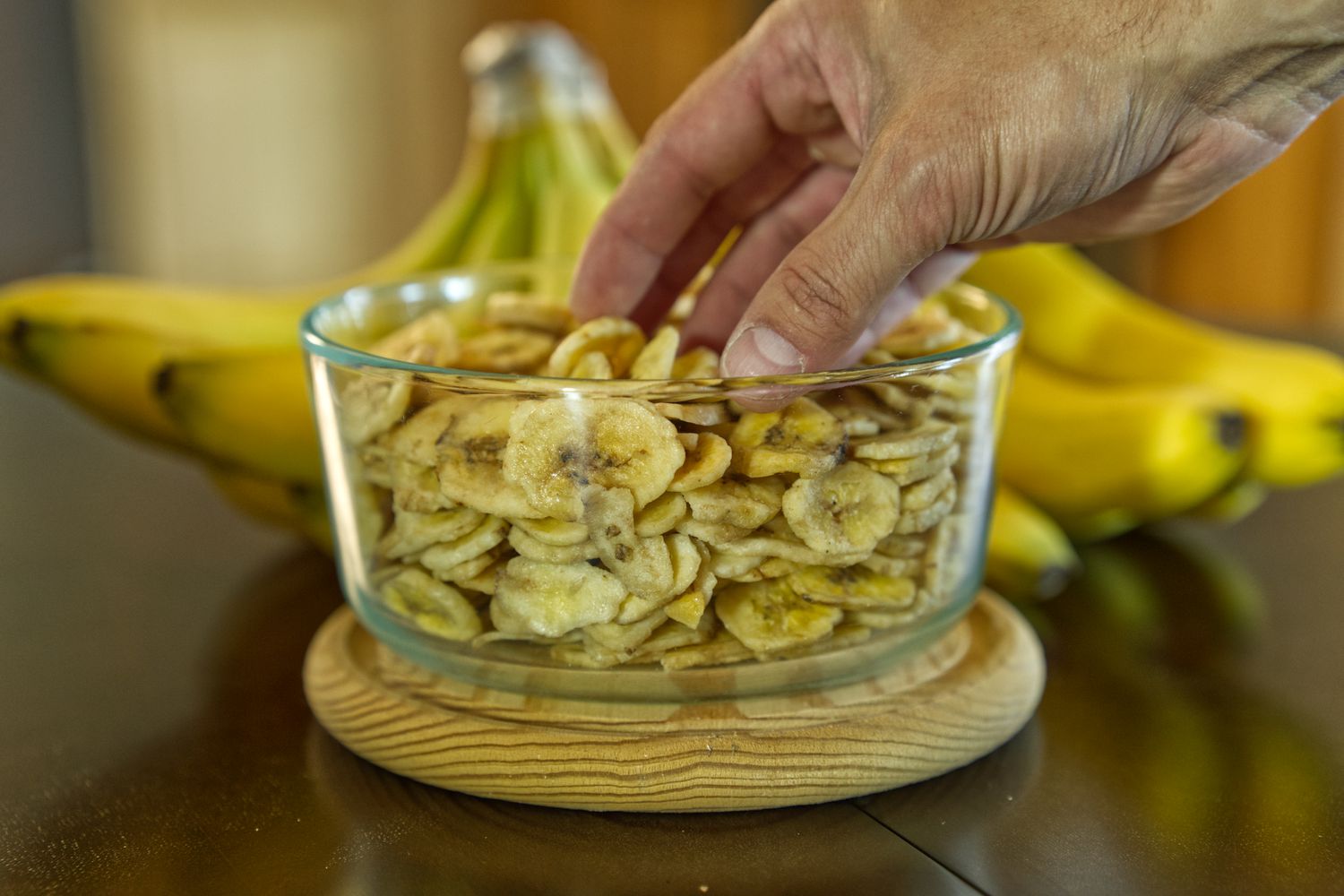
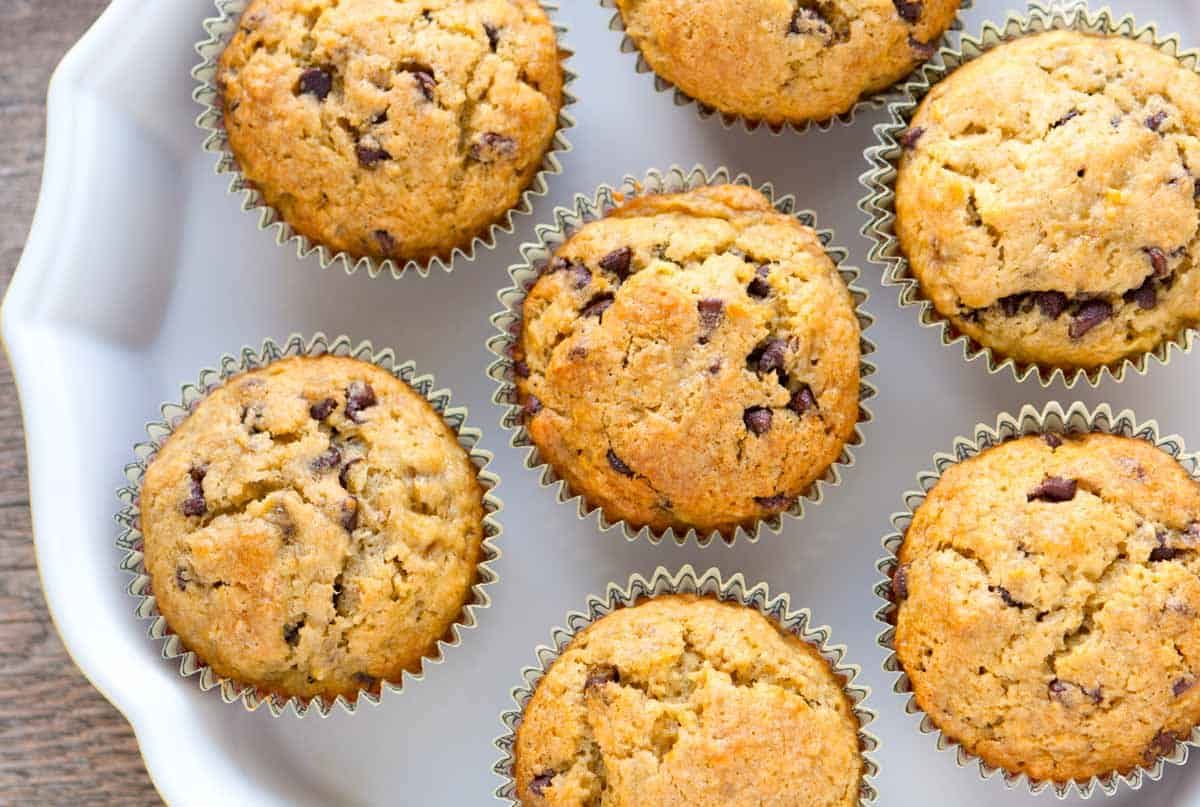
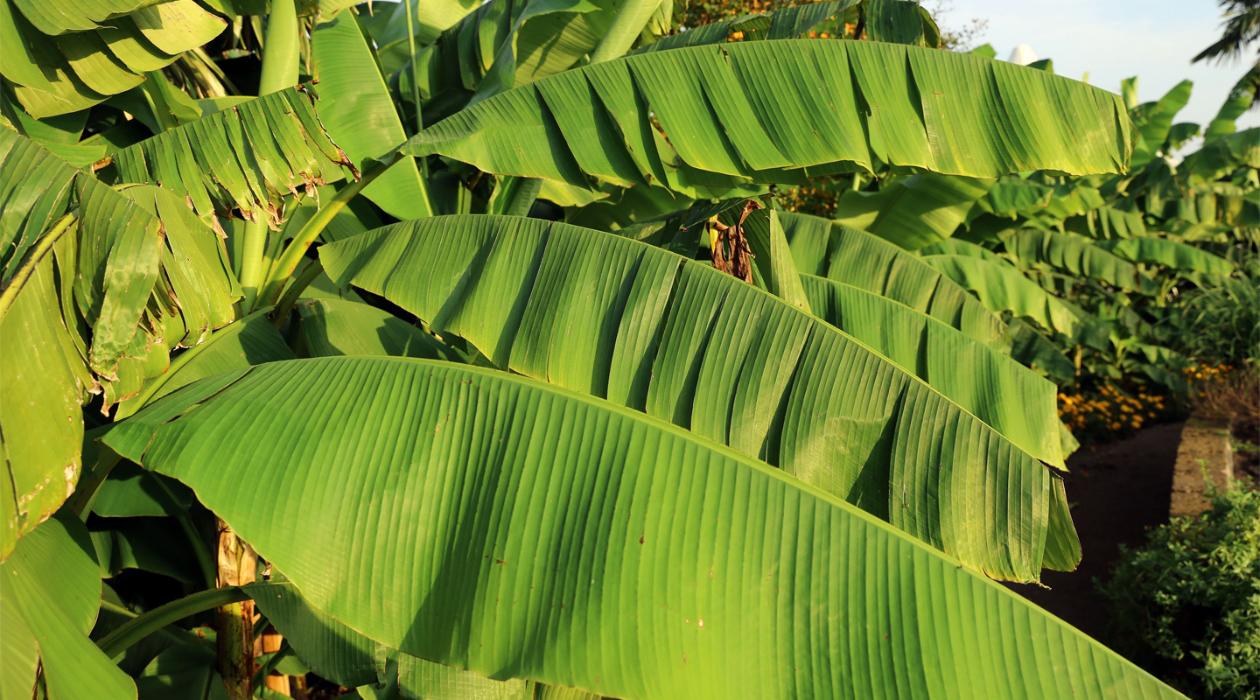
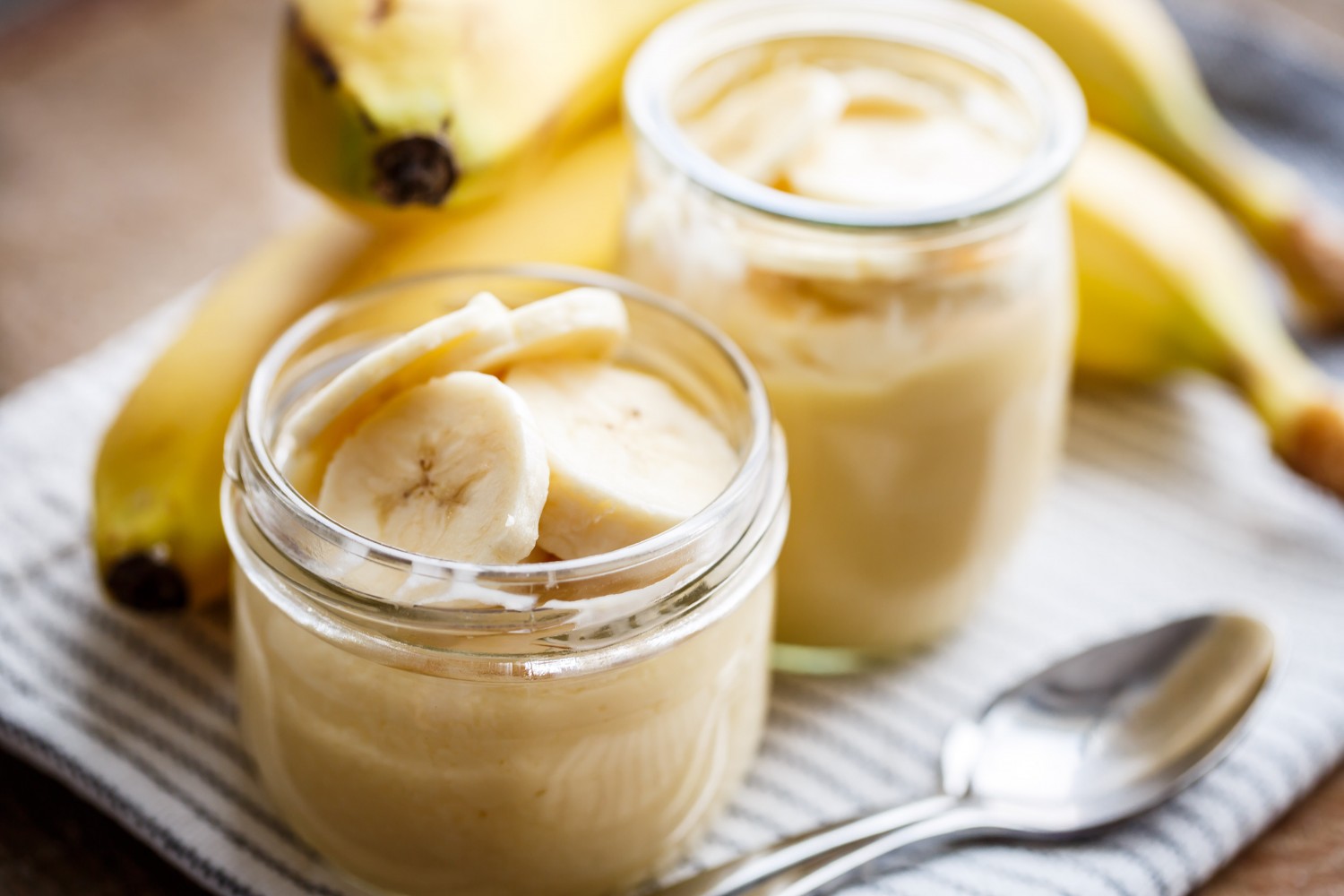
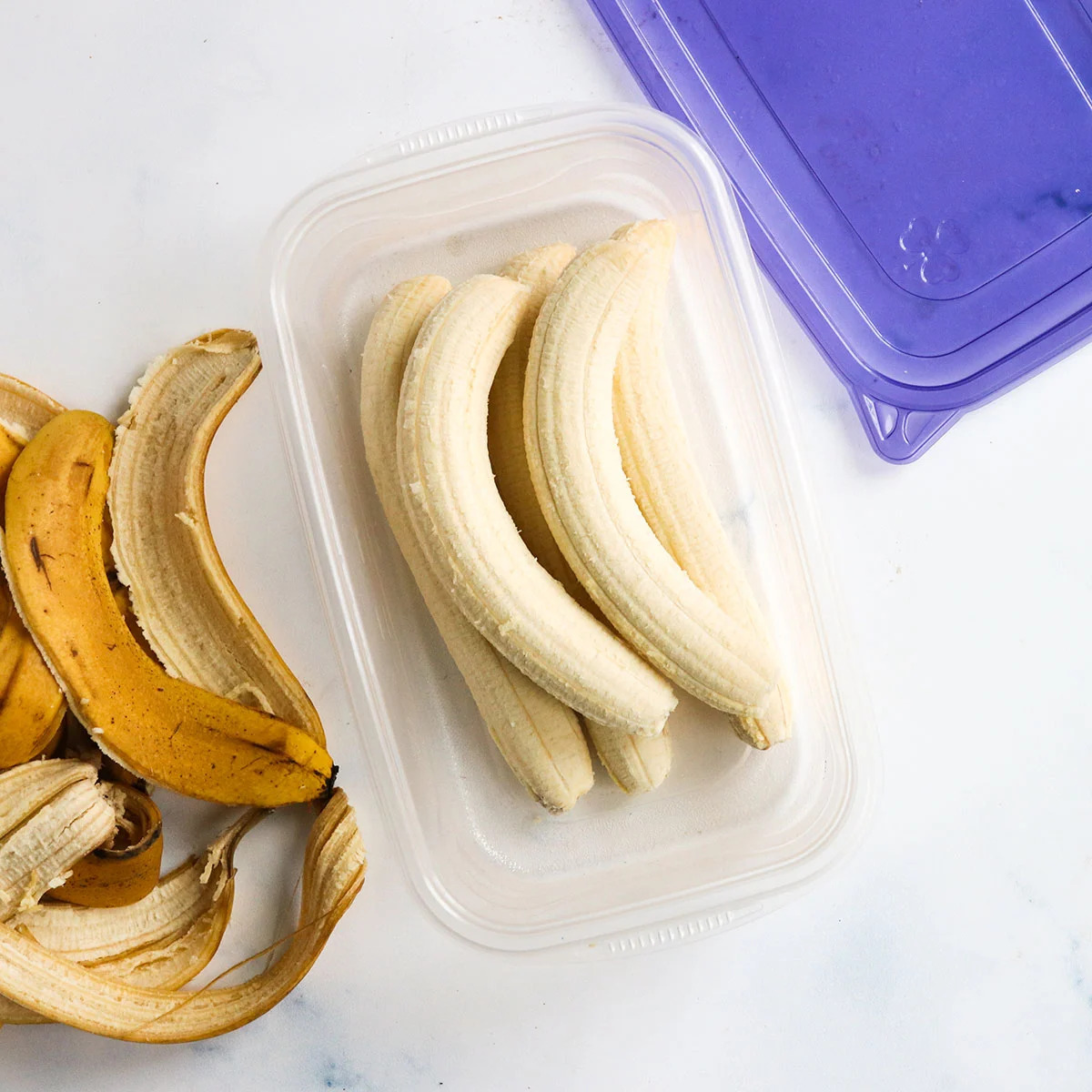

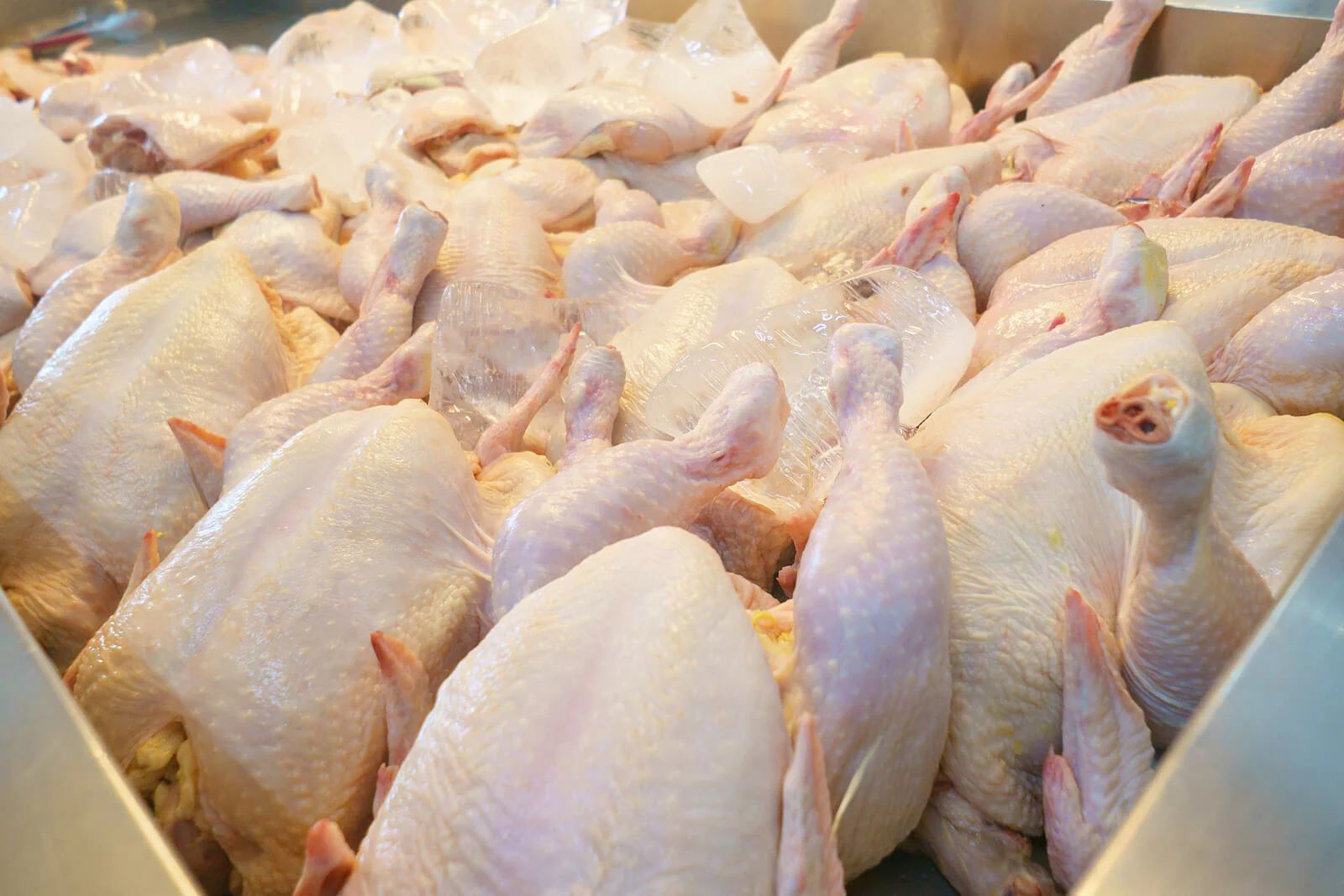

0 thoughts on “How To Store Frozen Bananas”